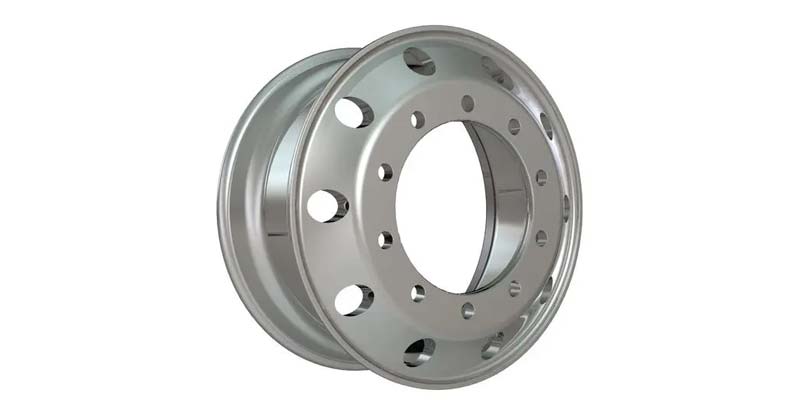- Contact Innally, Let you purchase forgings in China more favorable prices, products more assured!
- Hotline:+(86)15038323776 Email:innally@innally.com
How are hub forgings made?
- Category: Aluminium alloy forging, Thermal forging
- |
- Date: 24/11/2023
manufacturing hub forgings requires several steps and processes, including raw material preparation, heating and forging, cooling and straightening, cutting and machining, as well as quality inspection and surface treatment.
Product Details
Hub forging is a key component of automobile tire, and its manufacturing process involves many steps and processes. This paper will introduce the manufacturing process of wheel hub forgings in detail.
First, raw material preparation
The first step in manufacturing hub forgings is to prepare raw materials. Usually, wheel hub forgings are made of alloy steel or aluminum alloy as raw materials, which have high strength and corrosion resistance. According to the design requirements, the raw materials are cut to the appropriate size and shape for the subsequent forging process.
Two, heating and forging
After preparing the raw materials, the next step is to heat and forge. First, the raw material is heated in the heating furnace to the appropriate temperature for forging. The heated material is then forged using forging equipment to form the initial hub shape. In the forging process, the forging parameters need to be constantly adjusted to ensure the accuracy and quality of the hub shape.

Three, cooling and straightening
After forging, the hub forgings need to be cooled and straightened. Usually, hub forgings are cooled by a quenching process to increase their hardness and strength. Then, straightening equipment is used to straighten the cooled hub forgings to eliminate the internal stress generated during the forging process and ensure the accuracy and quality of the hub shape.
Fourth, cutting and processing
After cooling and straightening, the hub forgings need to be cut and machined. Using cutting equipment and machining tools, the hub forgings are cut to their final shape and dimensions. In this process, it is necessary to constantly check whether the size and shape of the wheel hub meet the design requirements to ensure its quality and accuracy.
- Quality inspection and surface treatment
The final step is quality inspection and surface treatment. Use testing equipment and instruments to test wheel hub forgings to ensure that their quality and performance meet design requirements. Common testing items include hardness, strength, corrosion resistance, etc. At the same time, the surface of the wheel hub forging is cleaned and treated to remove impurities and oxidation layers and improve its appearance and quality.
In short, manufacturing hub forgings requires several steps and processes, including raw material preparation, heating and forging, cooling and straightening, cutting and machining, as well as quality inspection and surface treatment. The accurate execution and strict control of these steps and processes is the key to ensuring the quality and performance of wheel hub forgings.
nannan
INNALLY mainly provides you with various types of cast and forged parts products. Welcome your inquiries! innally@innally.com
Related Products
Search
Forging center
- Steel forgings
- Aluminium alloy forging
- Titanium alloy forging
- Stainless steel forging
- Copper forging
- Automotive forgings
- Locomotive forging
- Bicycle forgings
- Motorcycle forging
- Rigging and fasteners
- Bearing forging
- Electric power fittings
- Marine forging
- Mechanical forgings for metalworking
- Mining machinery forgings
- Marine engineering forgings
- Construction machinery forgings
Popular product

© 2025. All Rights Reserved.






